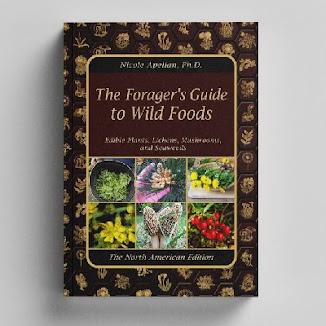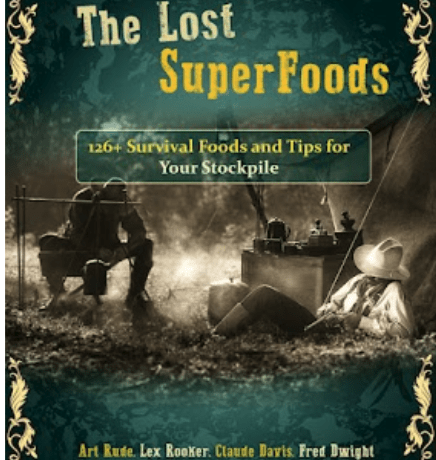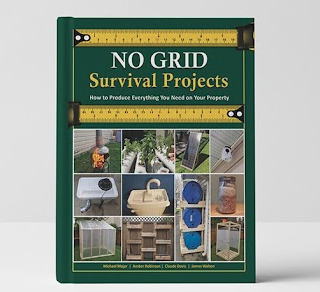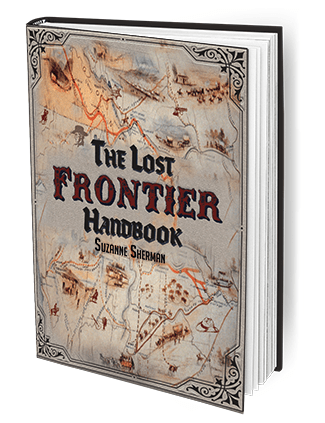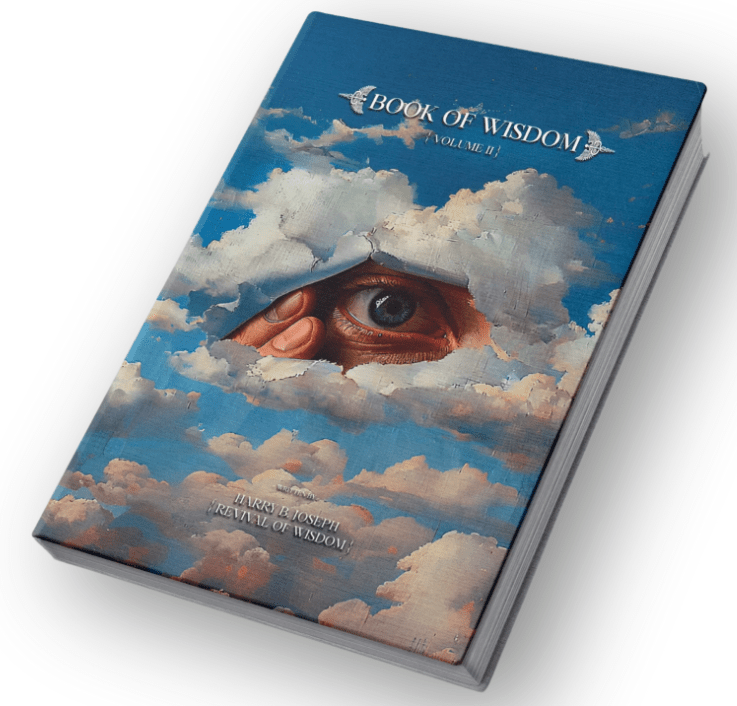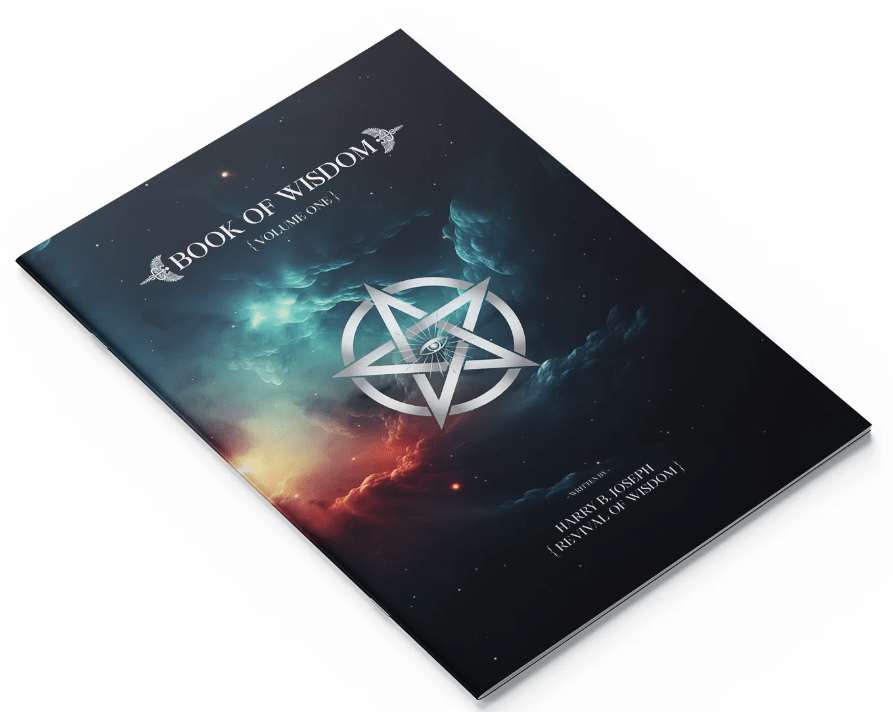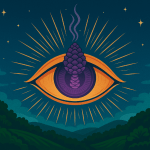In the hustle and bustle of modern life, we often overlook the wealth of resources that nature freely offers. ‘The Forager’s Guide to Wild Foods‘ is a beacon of knowledge that illuminates the path back to nature’s bounty. This book is not just a guide; it’s a journey into the heart of nature, a journey that rekindles our connection with the earth and its generous offerings.
Written by Dr. Nicole Apelian, a seasoned forager, and survivalist, the book is a testament to her years of living in harmony with nature. Her experiences with the San Bushmen of the Kalahari Desert and her survival for 57 days in the wild on the History Channel’s TV show ‘Alone’ have shaped a guide that is as authentic as it is informative.
‘The Forager’s Guide to Wild Foods’ is a comprehensive compendium of over 400 wild plants, many of which are overlooked in our daily lives. Each plant is presented with high-resolution, full-color images that make identification a breeze, even for novice foragers. The book goes beyond mere identification, delving into the medicinal properties of these plants, their harvest times, and even delicious recipes to put these wild foods on your table.
One of the standout features of this guide is the “Poisonous-Lookalike” section. This invaluable resource helps foragers distinguish between safe plants and their potentially harmful doppelgangers, ensuring a safe foraging experience.
The book is not just about foraging for food; it’s about foraging for health. Plants like the “Alligator Tree” and the Reishi mushroom, known for their medicinal properties, are covered in detail. The book also introduces readers to “Nature’s Prozac”, a plant with potent anxiety-relieving properties.
The value proposition of ‘The Forager’s Guide to Wild Foods’ extends beyond the book itself. For a price of $37, readers also gain access to three exclusive bonuses: “The Wilderness Survival Guide”, “Household Remedies – How to recover Naturally at Home”, and “104 Long Lasting Foods You can Make at Home”. These bonuses further enhance the reader’s knowledge and skills in self-reliance and natural living.
‘The Forager’s Guide to Wild Foods’ is more than a book; it’s a movement. It’s a call to reconnect with nature, to rediscover the forgotten wisdom of our ancestors, and to pass this knowledge on to future generations. It’s a testament to the belief that the path to health, self-reliance, and sustainability lies not in our supermarkets, but in the wild, waiting to be discovered.
In conclusion, ‘The Forager’s Guide to Wild Foods’ is a treasure trove of knowledge for anyone interested in foraging, natural remedies, or simply living a more sustainable and healthy life. It’s a guide that invites us to look beyond the concrete jungle and discover the bounty that nature has to offer. So, why wait? Embark on your foraging journey today with ‘The Forager’s Guide to Wild Foods’.

